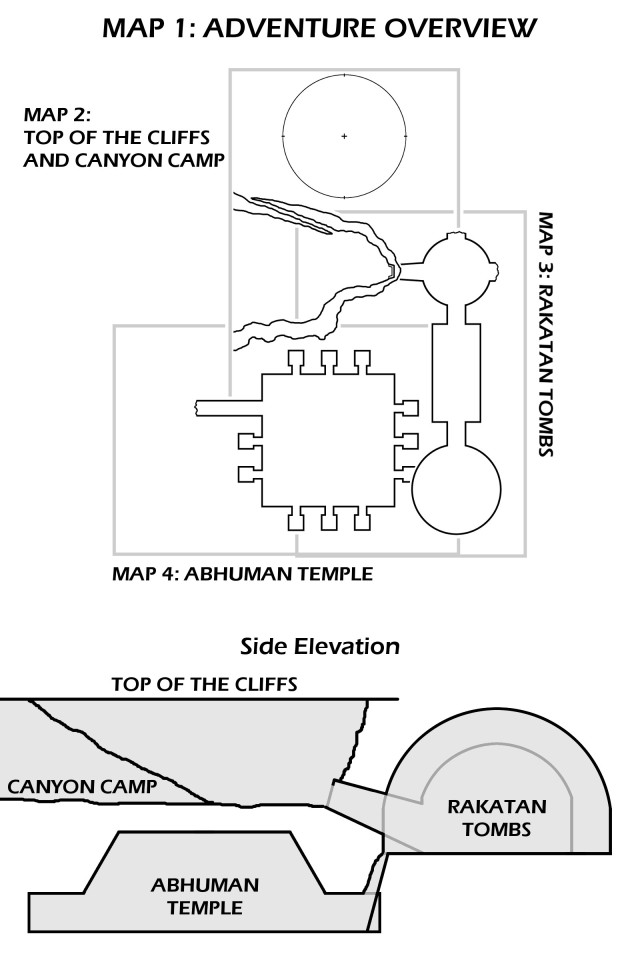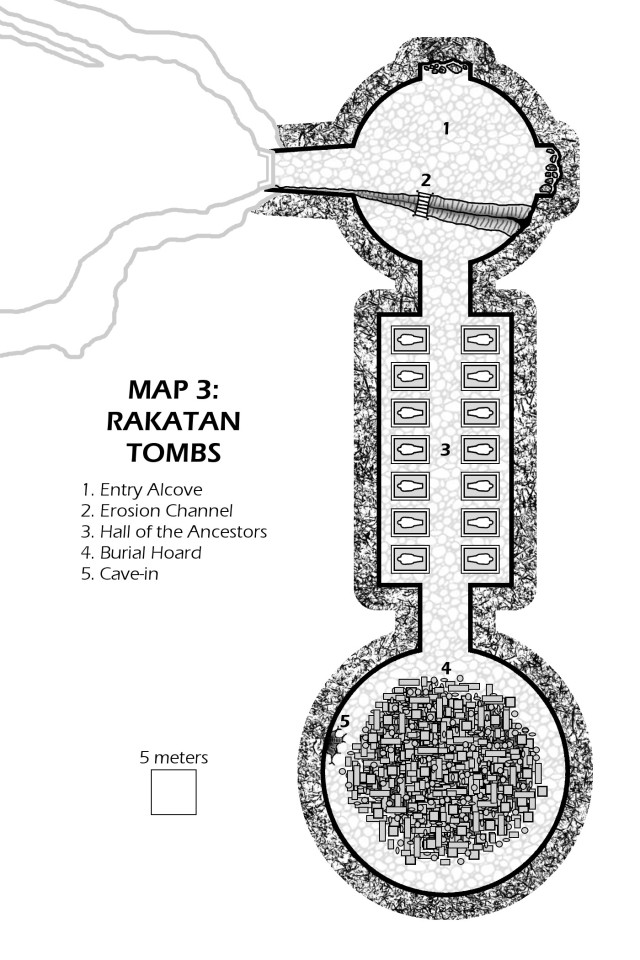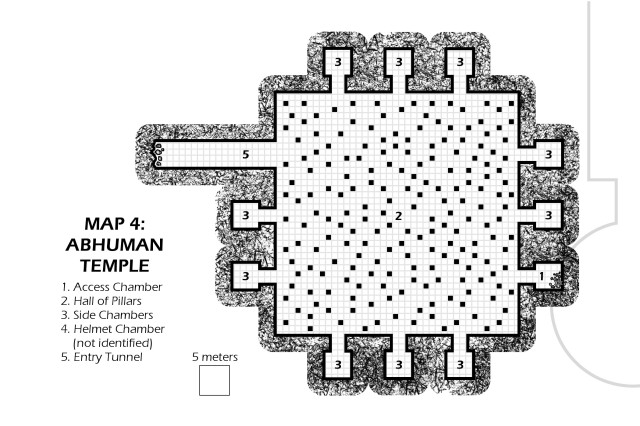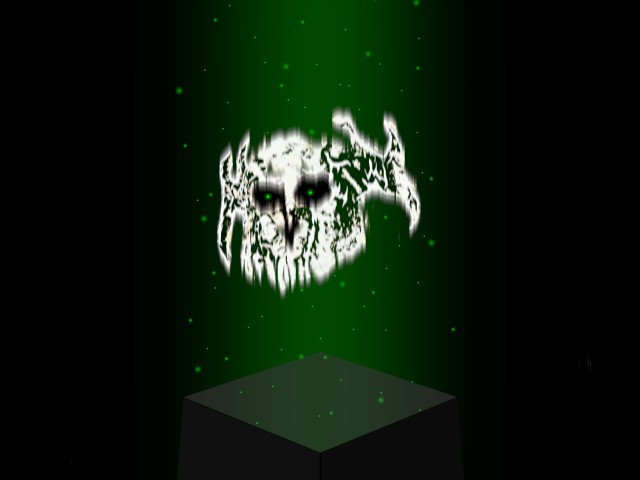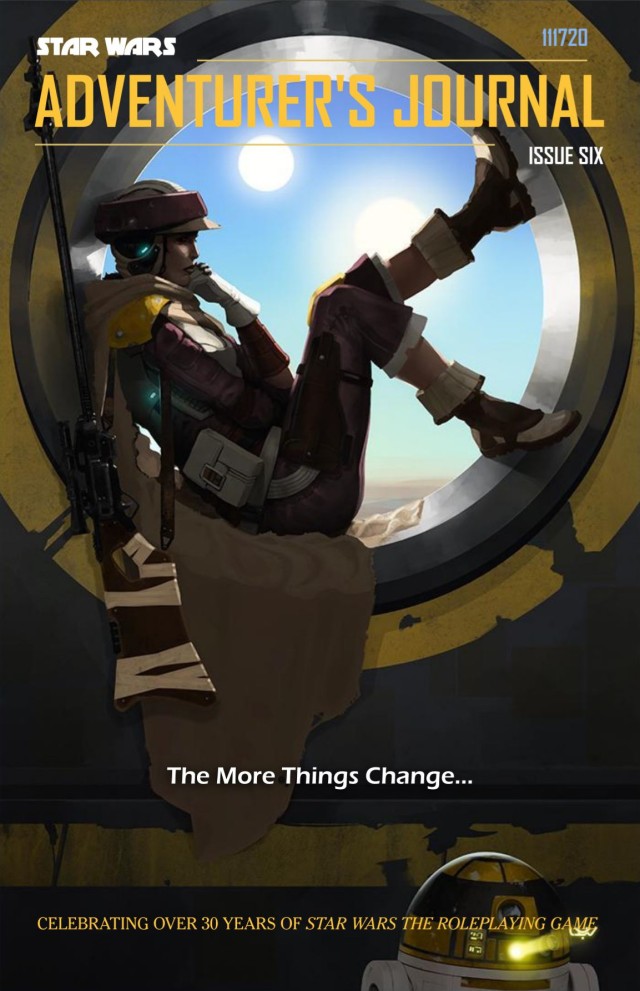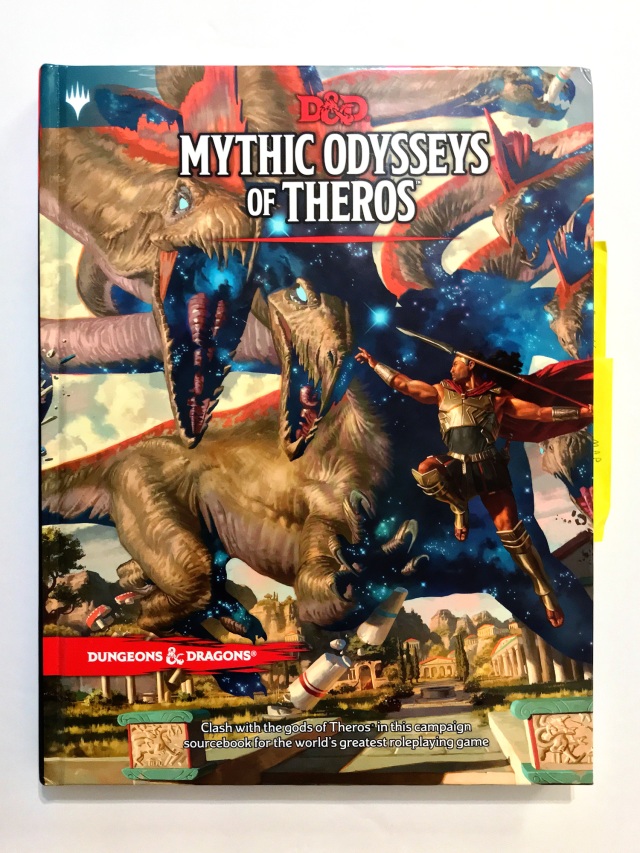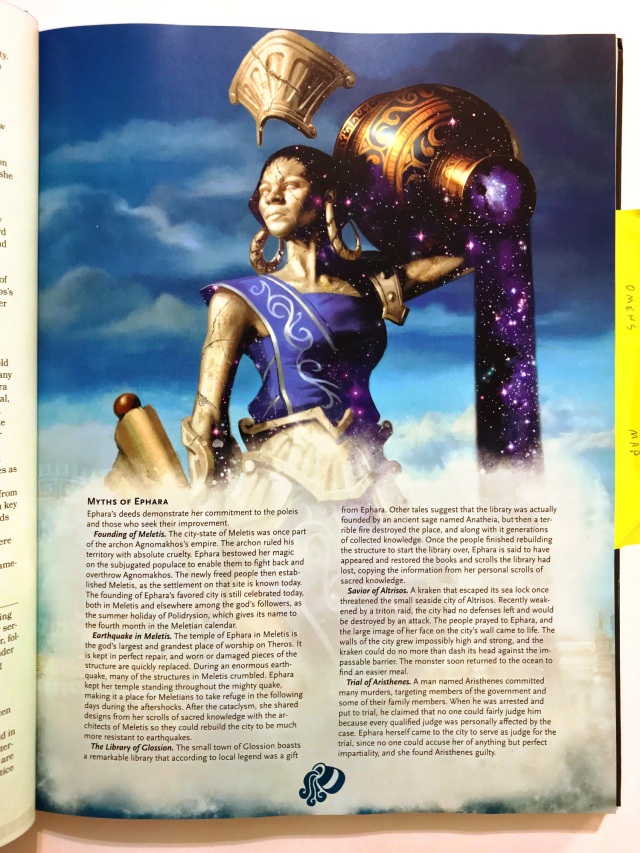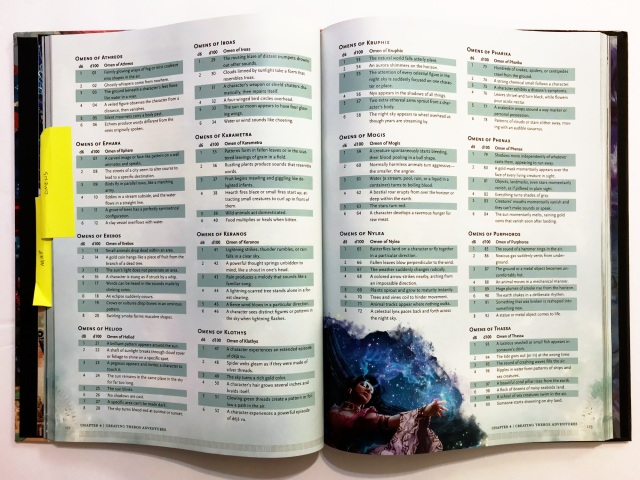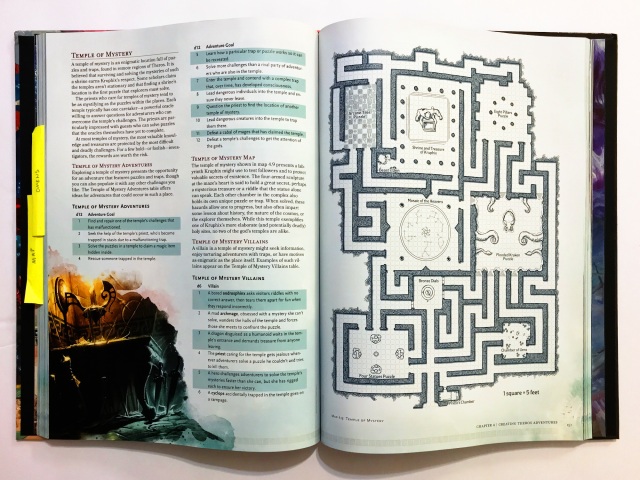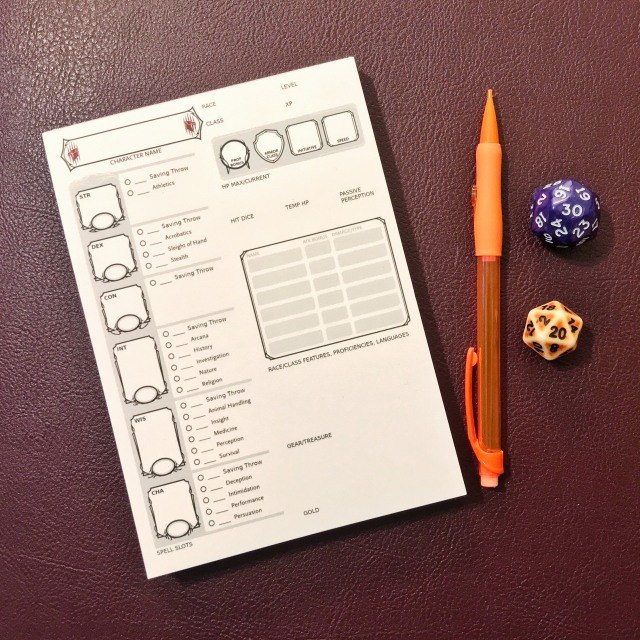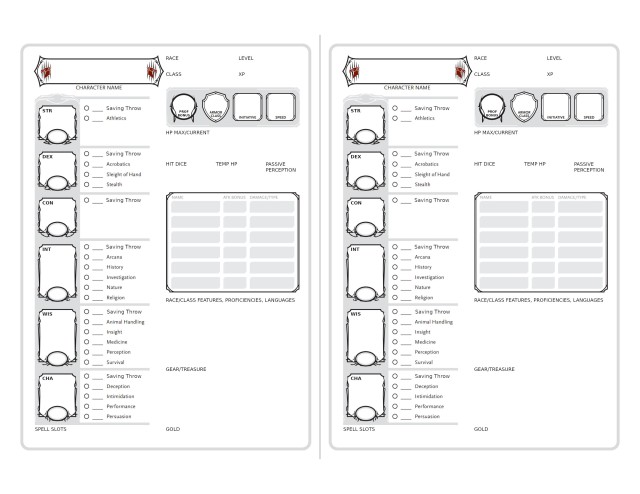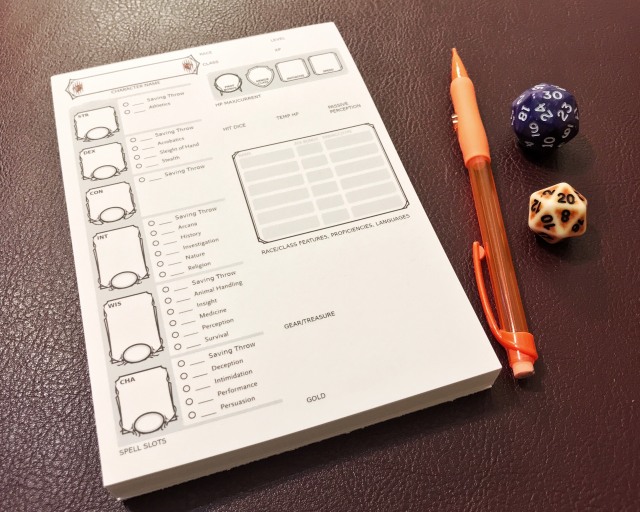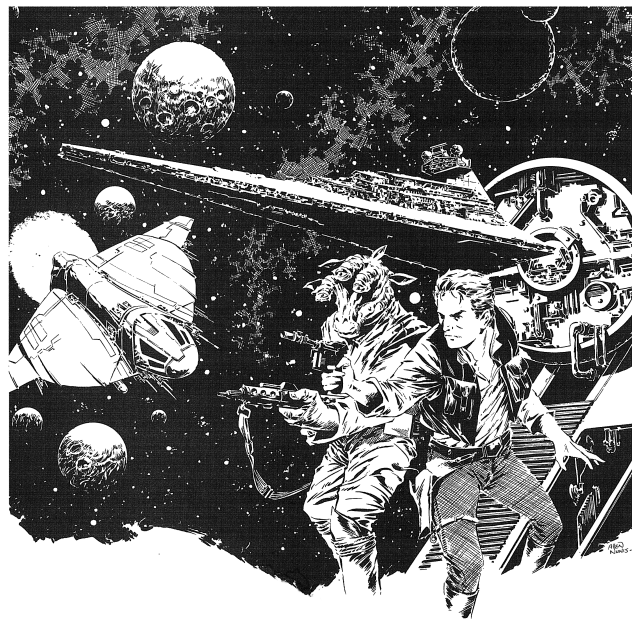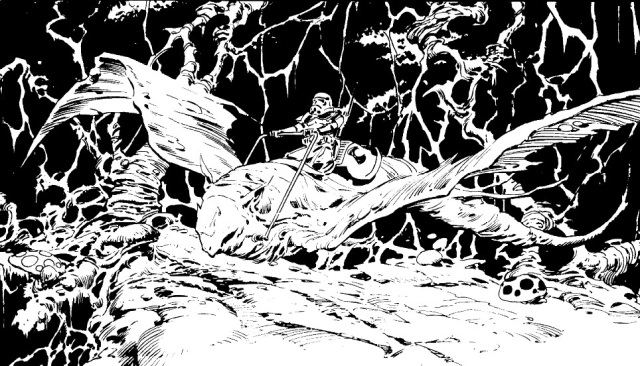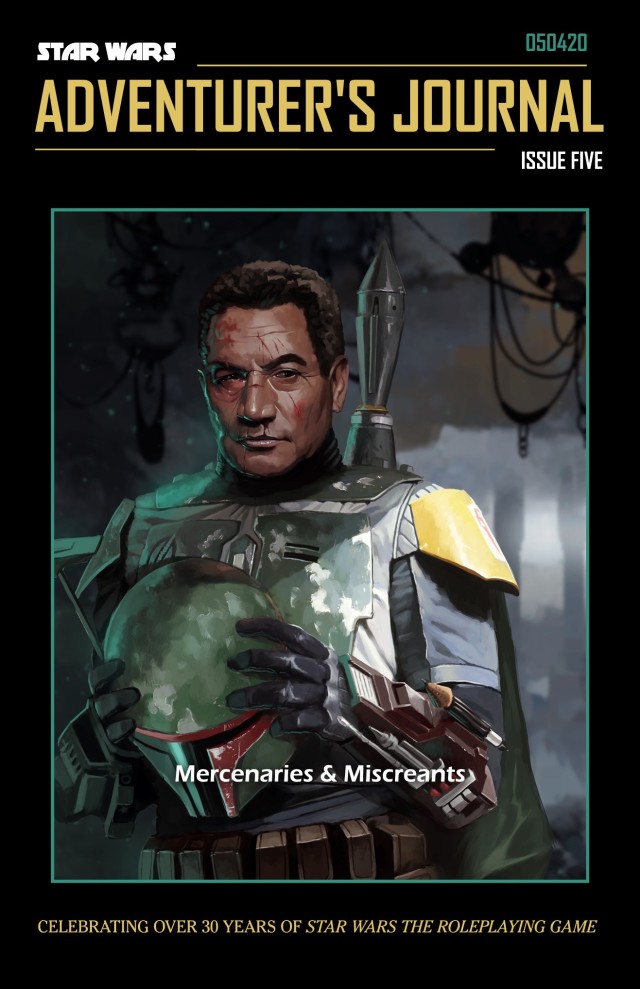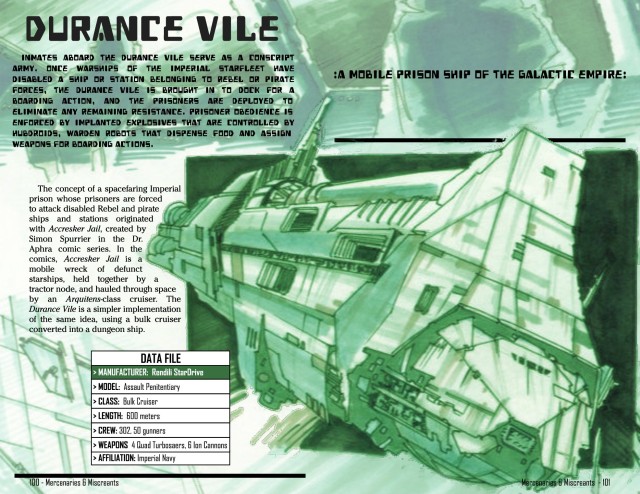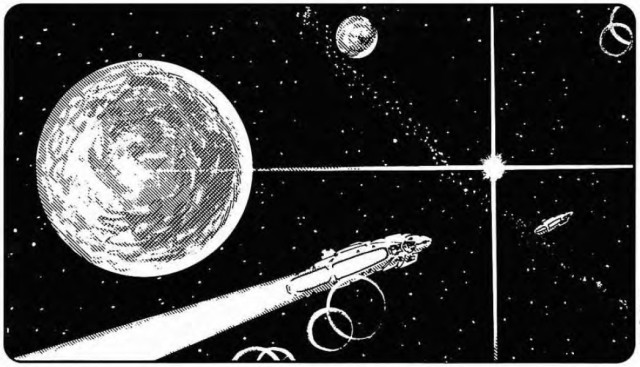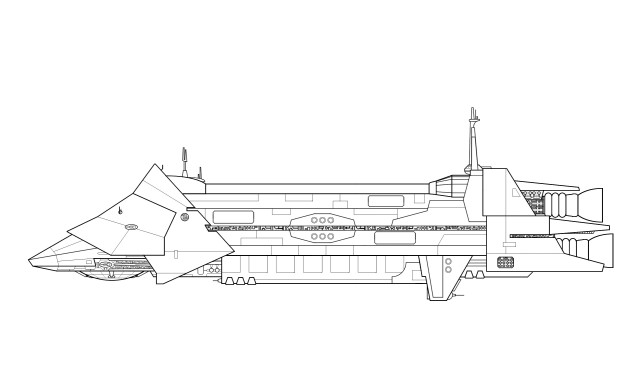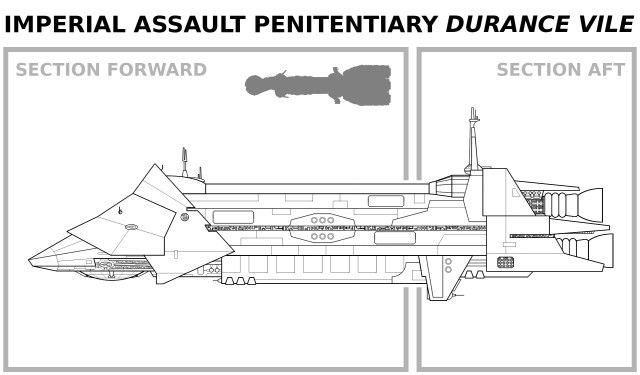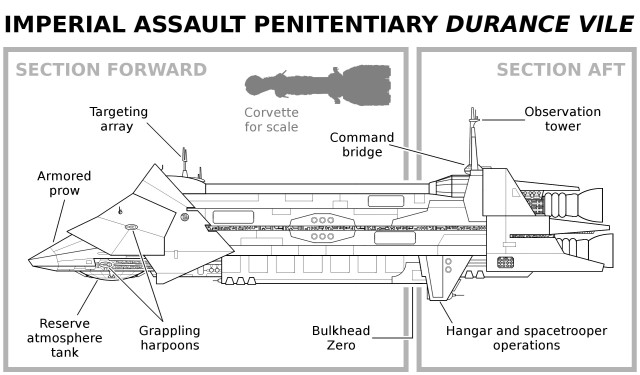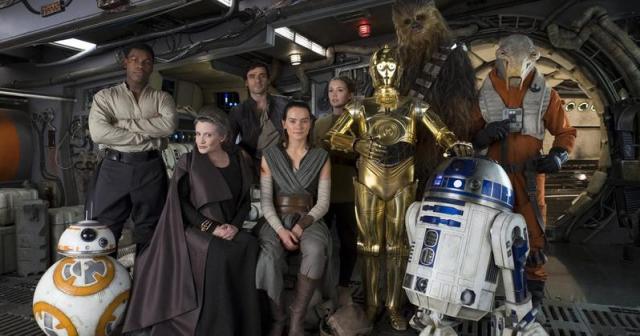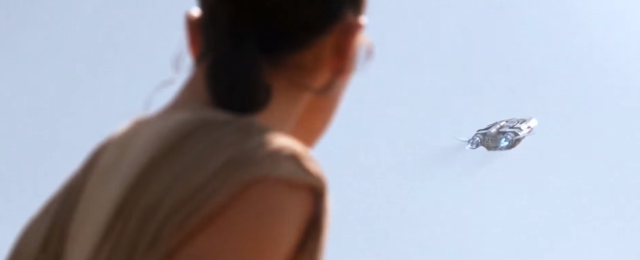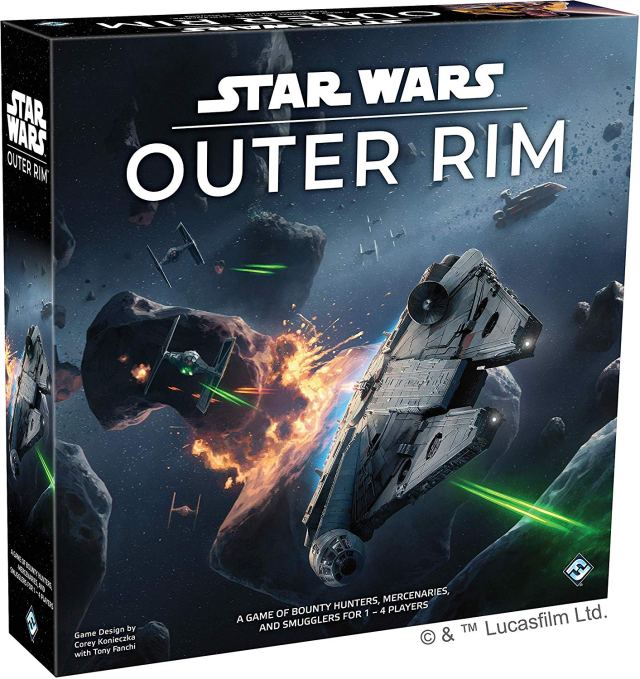
One of my favorite new games is Outer Rim , the latest Star Wars board game from Fantasy Flight. I’ve played probably 8 or 9 sessions with my son, London, and one 3-player session with London and our friend Peter Kloess.
, the latest Star Wars board game from Fantasy Flight. I’ve played probably 8 or 9 sessions with my son, London, and one 3-player session with London and our friend Peter Kloess.
So what is this thing? In Outer Rim each player takes on the role of a scoundrel from the Star Wars universe. The goal is to become the most famous outlaw in the galaxy, by hauling cargoes, hunting bounties, and doing jobs in the galaxy’s Outer Rim. You travel to planets, collect goals, meet contacts, buy personal gear and upgrades for your starship, and try to avoid patrols–unless you happen to be in good with the faction whose patrol you’ve just encountered.
Fantasy Flight
It’s impossible for me to review this game in isolation, apart from other Fantasy Flight games, of which we have quite a few. I’ve blogged here before about the X-Wing Miniatures Game. In addition, London and I love the Star Wars Rebellion game and the Warhammer 40K game Relic, and we own some of the smaller-box games like Deadwood and Elder Sign. For me, and I suspect for a lot of other gamers, Fantasy Flight has earned a reputation based on these cornerstones:
- Very high production values. FF games aren’t cheap (although they’re also not ludicrously expensive when you look at similar games from other companies), but you will definitely know where your money went: big, lavish game boards, thick linen counters, high-quality miniatures and pawns, and beautiful art sharply reproduced with vibrant colors.
- Complex games with lots of moving parts that nevertheless end up being lots of fun and pretty well-balanced. It’s not a big-box Fantasy Flight game without half a dozen decks of cards, at least three kinds of counters, and proprietary dice with weird symbols, and that’s a bare minimum. The games are so complex that it’s hard not to sigh a little internally while punching out all the pieces and sorting out the cards. But on the other side of that is immersive gameplay with lots of paths to victory, decisions with real consequences, and interesting meshing of game mechanics and theme.
- Rulebooks that are a bit of a mess. If you own more than one FF game, you just start to expect that there is a great game in the box, hidden behind an almost aggressively mediocre rulebook, with key bits out of order and important points omitted. To be fair, this is something they’ve gotten better at over time, especially in recent years by splitting the rules into two books, a “Learn to Play” book that guides you through your first game, and a “Rules Reference” that serves as a dictionary to look up terms and game mechanics when you have questions (and you will have questions). But it’s pretty common to get halfway through your first game–or your third–and realize you’ve been playing the game subtly wrong all along.
So how does Outer Rim stack up against other FF games on each of those points?

Production Values
In a word, flawless. Star Wars is a visually stimulating universe and Star Wars games need to have great art to feel like they belong. Outer Rim definitely soars in this department. The art for the character spaceships in particular is phenomenal. I’m kind of a nut for “The Art of…” movie artbooks, and I wouldn’t mind having one just for this game.
Complex but Immersive Gameplay
I was worried about this while we were setting up the game the first time, because there are a lot of bits, even for an FF game. Not so many counters, but a lot of different kinds of cards. While you’re playing the game there will be 14 stacks of cards sitting on the table: six decks of Market cards, representing different things you can acquire (personal gear, starship upgrades, crew members, cargoes, bounties, jobs, etc.), seven decks of planet and space encounters, covering 11 planets and two kinds of deep-space encounters, and the Data Deck, which has a bit of all of the above plus flavor text and rules for various encounters, like a Choose-Your-Own-Adventure book in the form of a stack of cards. And yet this is not overwhelming in actual play because you typically only interact with a single thing at a single time. If you’re on a planet, you only have to think about what might be lurking in that planet’s encounter deck, not the other six. If you are buying from the market, you can see six cards face-up on top of their respective decks, and those are the six things you can choose to buy at that moment. If you dive into the Data Deck, it will be because another card told you to resolve, say, card #42.
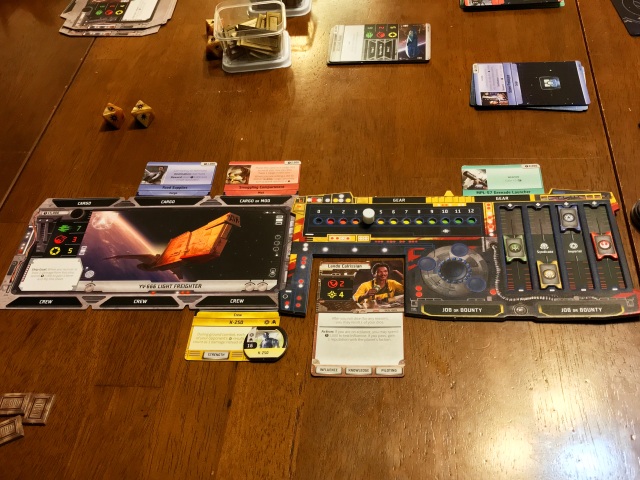
It soon becomes clear what all those cards are for, and why there are so many of them: they’re serving the role of the gamemaster. Outer Rim looks like a board game, but it waddles and quacks like a roleplaying game. You have a unique character with unique abilities, which you can improve over time. You buy a ship and upgrade it, recruit crewmembers, earn and spend credits, and explore the galaxy. It doesn’t go on forever–there’s no campaign mode for this game–but for the two or three hours that you’re playing, it feels like a blend of RPG and board game. There’s no tactical infinity, but you do have a lot of choices, and at any given moment you are somewhere in a chain of consequences based on your past actions and those of the other players.
This realization–that Outer Rim is really a light RPG with the job of the gamemaster outsourced to the game itself–came as a surprise to me, because I’d gotten used to think of wargames/board games as fundamentally different things from RPGs. And I don’t want to overstate the RPG-ness of Outer Rim. It’s hardly the first board game in which you take on the role of a unique character and have some imaginary adventures, and the limited selection of characters and bounded set of things to do each turn is very different from the vastly more open world of true RPGs. Probably best to put it like this: if you come to Outer Rim expecting all the crazy fun and no-holds-barred decision-making that RPGs allow, you’ll probably be disappointed, but if you come in expecting the very limited set of possibilities inherent in most board games, you’ll probably be pleasantly surprised.
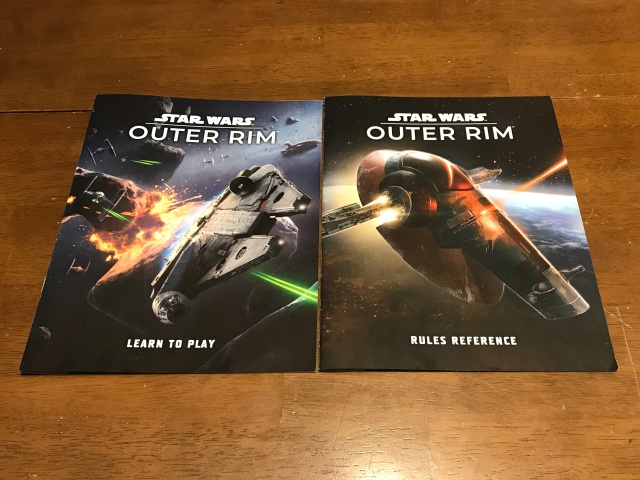
Messy Rulebook (and/or Steep Learning Curve)
Pretty good! It wouldn’t be an FF game if there wasn’t at least one incomprehensible omission. Here’s the one for Outer Rim: you complete Jobs during the Encounter phase, so if you complete a Job, that’s your Encounter for that turn. That nugget is buried in the Rules Reference, where it is mentioned exactly once in the entry on Jobs. It is never mentioned in the Learn to Play guide, and it is absent from the Player Reference cards, for no good reason that I can see. And it really matters, because along with capturing bounties and delivering cargo, doing jobs is one of the main paths to victory.
On the upside, and despite the seeming complexity of all the bits mentioned above, we got the hang of Outer Rim much more quickly than any other FF game. Usually we have both rulebooks out all the time, even for games we’ve played half a dozen times before, like Relic and Rebellion, because we’re referring to them on a regular basis. After the first 45 minutes or so, we’ve barely had to crack open the books for Outer Rim at all, and when we have, it’s mostly been to confirm something we thought we knew, rather than to discover how a basic game mechanic works in the first place. It was honestly refreshing to see how, through some alchemy of good game design, the physical complexity of the game produced a gameplay experience that was easy to learn but still interesting and engaging in its effects.

You’ll probably want to pick up some of these to hold all the bits. I found them at the local dollar store.
Time to Play, and Replayability
So far, all the games we’ve played have taken about three hours. You can adjust the length of the game by playing to different amounts of Fame. The default is 10, the rulebook recommends 8 for your first time playing, and the tracker on each character card goes to 12. While we’ve been playing, though, we haven’t wanted the game to end. So London and I have been talking about alternative victory conditions, like first player to save 50,000 credits, or first one to have an encounter on every single planet.
Replay value for this game is very high. After our first two 3-hour games we’d seen most or all of the bounties and jobs, but we’d seen probably less than half of the planetary encounters and maybe only a sixth of the personal gear deck. I didn’t track how much of the Data Deck we’d seen, but also probably less than half. And I think there were still one or two contacts (essentially NPCs) that we hadn’t yet encountered. After half a dozen more games, I think we’ve seen all the marketplace items, but there are still some planetary encounters and some Data Deck things we haven’t run into yet. There’s so much in this game that even after you’ve seen all of it, there’s no way to hold it all in your head. And so much of each particular game is going to depend on the choices made by the other players that I don’t think it could ever become stale or predictable. London and I probably had more fun exploring this game, in terms of just working through all of the possibilities inherent in the box, than we have with any other board game.
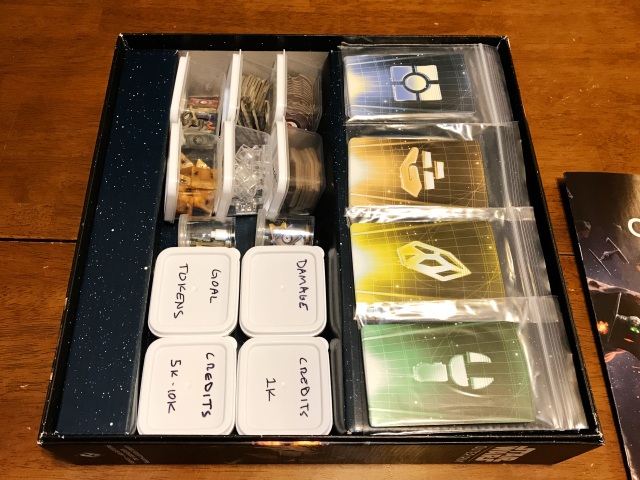
I should mention that there is a solo variant, in which a separate AI deck makes the decisions for a single opponent. I haven’t played that yet, so I can’t comment on how well it works, but I’m glad the option is there.
Theme
This game oozes Star Wars. It has characters and ships from the movies, TV shows, novels, and comics. If you ever wanted to play Dr. Aphra, teaming up with Hera Syndulla to take down Dr. Evazan on Mon Calamari, or you’d like Han Solo to fly Slave 1 against a Syndicate patrol at the Ring of Kafrene, this is the game for you. You’ll track down bounties, deliver illegal cargo, dodge Imperial patrols, run into dangerous criminals, and have mysterious encounters in deep space.
The game constantly forces you to make tough decisions that arise from the consequences of your actions, and those of other players. Maybe your ship was damaged on a job, and now you have to decide whether to spend your turn on the same planet getting it fixed, and risk getting caught by a hostile patrol, or to flee into deep space with a ship that might fail if you’re forced into another fight. Most of the bounties have an elimination bonus and a larger delivery bonus; you get the former for finding and defeating a bounty, and the latter for doing the same plus hauling the poor sucker halfway across the galaxy. Sometimes that’s worth it for the extra money or fame, sometimes it’s not, and either way, you’ll find yourself somewhere else in a chain of consequences.
One trap that plagues some board games, and which Outer Rim neatly sidesteps, is mechanics that are admittedly nifty but basically naked. For example, maybe you need to collect 6 cards to beat the end boss, when there’s no good in-game reason for it to be 6 cards versus 4 or 7, or for it to be cards at all. So you put on a brave face and pretend to be doing whatever thematic thing the 6 cards represent, but really, you’re just collecting 6 cards and you know it, so it feels artificial and game-y.
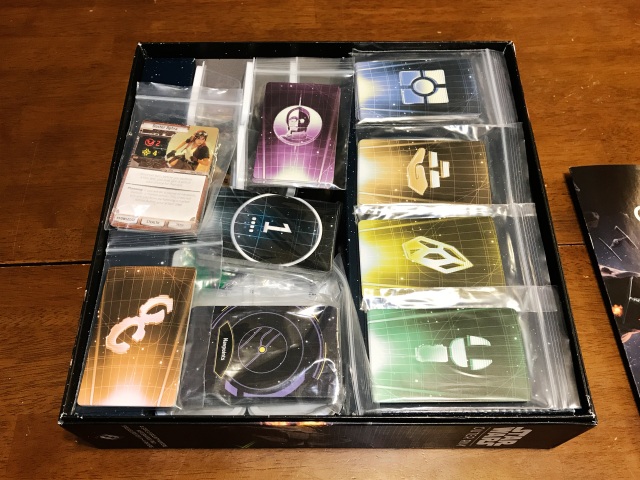
In contrast, it’s hard to even talk about the problems and challenges you’ll face in Outer Rim in purely mechanical, non-thematic terms. If you’re deciding whether to take the long-but-safe path, and risk having another player scoop up a prime bounty while you’re twiddling your thumbs in deep space, or the short-but-dangerous path, and risk having to fight a Hutt patrol, it will be because you have to deliver stolen weapons to Ryloth, which means actually getting your ship physically to Ryloth. If you buy a vibroknife or a grenade launcher, it won’t be some hollow buff just to round out your character, it will be because you have to capture a Wookiee mercenary, or you’re worried that Dengar will pound you like a tent stake if you run into him on Nal Hutta.
From your very first job, cargo, or bounty, you’ll be catapulted into an ongoing chain of decisions and consequences. Dump one cargo to take on a more valuable one, even if it means flying farther to deliver it? Spend those credits on upgrades for your ship, or information that could lead you to a big score? Stay put and heal, or push on and risk losing a critical fight? For much of the game, you’re just knocking around the galaxy, having crazy adventures and getting into scrapes while you do Star Wars stuff. The only really game-y aspect is the pressure to earn more fame than the other players, which turns what could be a more aimless space adventure game into a challenge in which resource management, efficient movement, and knowing where and when to fight are all important. The winner doesn’t win because of some arbitrary game clock or ‘gotcha’ mechanic, it’s because they invested their credits wisely, picked their battles carefully, and in the end, just did more awesome stuff than their competitors. And even if you lose, the game is still ridiculously fun. The path to victory is long enough that everyone will have the opportunity to cross the galaxy once or twice, earn a lot of dough, upgrade their character and their ship, and ultimately play out a story of back-alley deals, fighting bad guys, and avoiding Johnny Law.
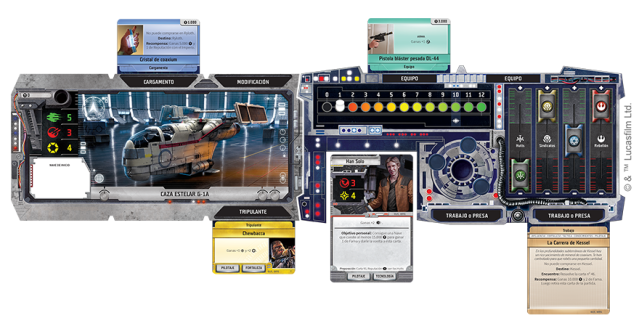
You can start out as Han Solo, but you’ll have find Chewbacca to hire him, and you won’t be flying the Falcon at first.
Conclusion
Bottom line, Outer Rim feels like Star Wars, specifically the scruffy, Fringe-oriented aspect of heavily armed lowlifes on the make. It plays in a single afternoon or evening, so you don’t have to invest an entire day or weekend to get through a single game (not that that’s necessarily a bad thing, but other games have that covered). It has a lot of moving parts, but you’re generally only interacting with one at a time, and all of that machinery does the job of a gamemaster so everyone at the table can play a character. And while you’re playing, you’ll be thinking about wretched hives of scum and villainy, that bounty hunter you actually did run into on Ord Mantell, and how a death mark is not an easy thing to live with. And all this for fifty bucks. If you’re a Star Wars fan, this one is a no-brainer. Highly recommended. Here’s the link .
.





